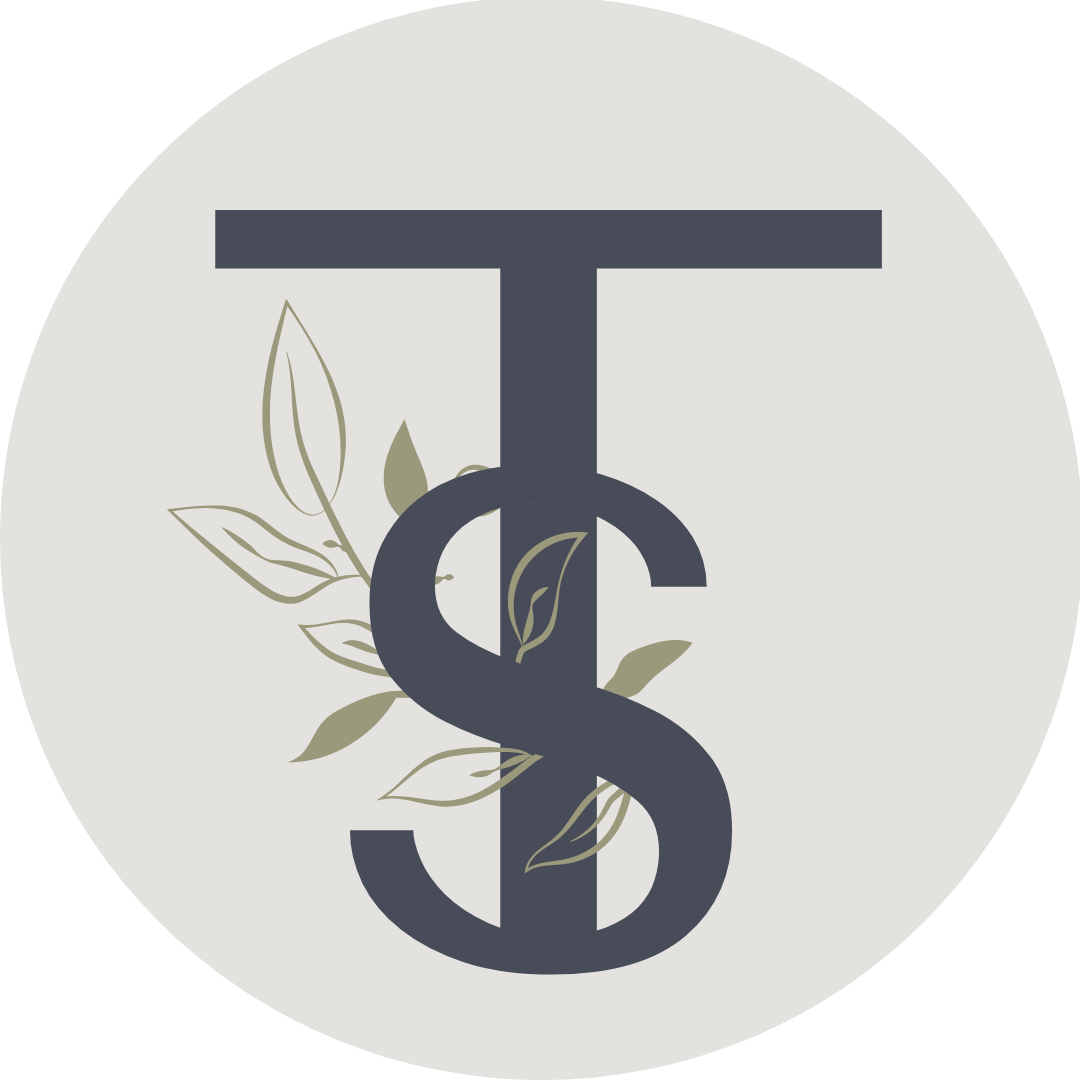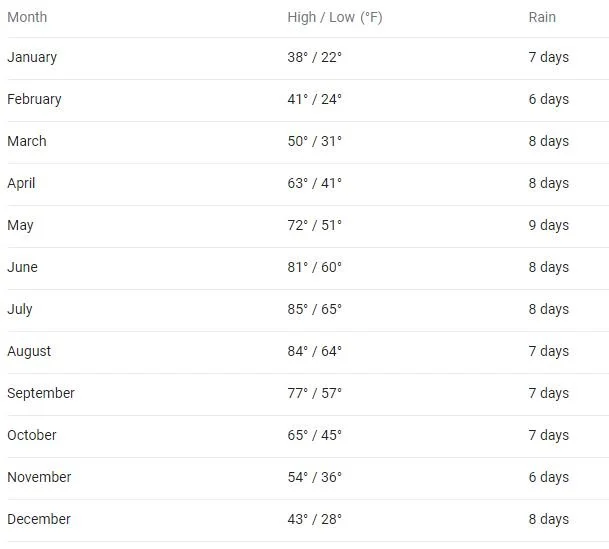
Seed & Trellis - The Garden Portal
SEASONS POTENTIAL
MY SEASONS
Timing is EVERYTHING! Each plant generally falls into a seasonal category and planting them based on the season they prefer will enhance your harvest. Below is a selection of the most popular kitchen garden vegetables arranged by seasonal low and high temperatures as well as frost tolerance.
Cold
Less than 40 °F
Frost Hardy vegetables can be planted 4-6 weeks before last spring frost date. These include asparagus, broccoli, brussels sprouts, cabbage, chives, collards, corn salad, citrus, garlic, horseradish, kale, kohlrabi, leeks, mustard, onions, parsley, peas, radishes, rhubarb, rutabaga, spinach, and turnips.
Cool
40 °F - 70 °F
Plant as early as 2 weeks before the last spring frost date as seeds can handle cool temperatures to germinate. Half Hardy vegetables include beets, carrots, cauliflower, celery, celeriac, chard, Chinese cabbage, chicory, globe artichokes, endive, lettuce, parsnips, potatoes, salsify, sorrel, and hardy herbs.
Warm
65 °F - 85 °F
Plant no sooner than 2 weeks after last frost so that they mature when it is warm out. Seeds require heat to germinate. Tender vegetables include: beans, sweet corn, cucumbers, New Zealand spinach, summer squash, and tomatoes.
Hot
75°F - 90°F+
Wait at least 3-4 weeks after last frost in spring so that these mature when it is hot out. Very-tender vegetables include lima beans, cantaloupe, eggplant, muskmelon, okra, peppers, pumpkins, winter squash, sweet potatoes, and watermelon.
Photos by Gardenary
MY ARC OF SEASONS
Chalfont, PA
Chalfont, PA
My Seasonal Summary
Using the data above, the average high and lows data is recorded and assigned a season based on the average high temperature. Carlsbad microclimate does not get cold enough to qualify for a cold or hot season. Plan your warm loving plants to mature during Jul, Aug and Sept. Keep that in mind when planning.
What, Where, and When to plant?
Now that we understand our seasons, we begin to look at edible plants in a different way. It is far easier to group them when planning your grow menu plan, starting seeds, or shopping at the nursery. When planning our gardens we learn to pay attention to each plants preferred growing season. But this isn’t the only variable we must keep in mind. Plant placement in the kitchen garden is just as important as the season. A plant can be further categorized into the following size categories. small, medium, large, extra large.
If we use size categories, we can start to find the right place for each one in the garden. Generally plants who require the largest spacing requirements or longest days to maturity are placed far from reach toward the center of the beds. If the garden is south facing, tuck the tallest plants along the back wall and bring the shorter and smaller varieties up front and center to ensure everyone gets as much sun as possible. This placement practice also applies to small sizes or shorter days to maturity. You guessed it, small plants are best planted along the borders or walkways for easy access and faster turnover. The medium sized plants fill in between.
THE PLANTING CALENDAR
Let’s take a look at your seasons potential.
WHAT?: The Planting Calendar show each month’s potential and can be applied to gardens in zones 9a, 9b, 10a, and 10b.
WHERE?: Plants are first sorted by size (small, medium, large, xl) to help identify where to place them in the garden beds.
WHEN?: Get the timing just right. Start planting with confidence and know exactly when to seed trays and plant out in 4-6 weeks, plant out (transplant) seedlings, or sow seed direct into the garden. It’s amazing to see the potential of your garden.










